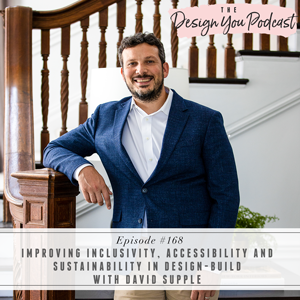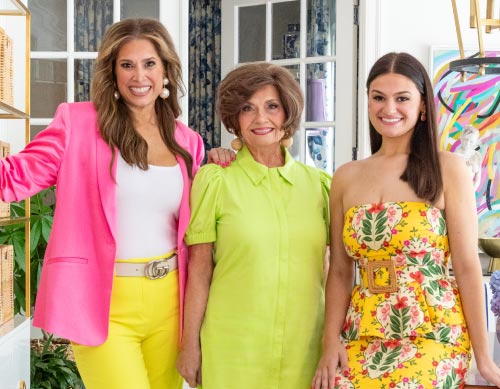
The movement towards more sustainable designs and builds is something I’m super fascinated by and something we’re seeing more and more of. As I learned from my guest today, the design-build process, and specifically architecture, has a hidden history that few of us are aware of, but it’s shifting towards a more sustainable and transparent model.
David Supple is the CEO of New England Design + Construction, one of Boston’s leading luxury design-build firms. What sets his firm apart is David’s passion for bringing the architect and the builder back together, and the truths about this industry that college textbooks avoid. As an author, speaker, and humanitarian, David’s research on the history of architecture is sure to blow your mind like it did mine.
Tune in this week to hear my conversation with David all about the history of design-build and architecture, and why it’s so important for those of us in the industry to know it. We talk about his firm’s mission to embrace accountability and lead the way in more sustainable builds. Learn why the connection between designer and builder is so important, why it’s been missing, and how to take this knowledge into your next project.
If you are a female business owner who wants to dig into this work at a deeper level and work with me and some other incredible women, check out The Millionaire Mentorship Program. We’re opening our doors soon to a handful of women, and we would love for you to join us! Click here to hear more about the mentorship and how to join.
If you want help creating a business with thriving revenue streams so that you can design the life you really want this year, now is your chance! We’re going to be opening the doors to the Design You Coaching Program really soon, get on our waitlist now!












